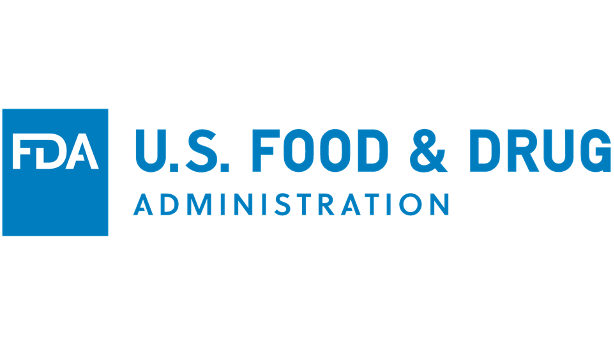When it comes to your health, trust matters. Whether it is a wearable that tracks your heartbeat, or a sophisticated diagnostic tool used in a hospital, it is crucial to know the medical device is safe, effective, and reliable. That is where the FDA—the U.S. Food and Drug Administration—comes in. For medical device companies, obtaining FDA clearance is more than just checking a regulatory box. It is a critical step that confirms the device meets rigorous safety and performance standards. For patients and healthcare providers, it is an assurance that the product is backed by science, testing, and oversight.
Let’s first address one of the biggest points of confusion: the difference between FDA approval and FDA clearance. Both are processes that drug or device companies must go through to get a product legally on the market. “Approval” is for drugs and high risk (i.e., Class III) medical devices – such as implanted medical devices – and “Clearance,” often called a 510(k), is for moderate risk (i.e., Class II) medical devices.
So, how does a company get an FDA clearance? An FDA clearance requires a submission of data to FDA, followed by a review by FDA. FDA clearance is granted when a company can demonstrate that its device is “substantially equivalent” to another legally marketed device (known as a predicate). This is done through the 510(k) process, the regulatory pathway for Class II medical devices.
If the product is a moderate risk medical device but there is nothing else like it on market, it goes through the “de novo” 510(k) process. For this pathway, clinical studies must be submitted to FDA. The de novo pathway is needed when there is no other device with the same indications for use or the technological characteristics are different enough to raise questions of safety and effectiveness, i.e., there is no “predicate.” A de novo grant establishes a new predicate that other medical devices can then use for their FDA clearance.
Oculogica’s EyeBOX has five FDA clearances for concussion, the most in the industry, including its latest just granted in April 2025. These clearances include 1 de novo clearance in December 2018, because it was the first device of its kind. After EyeBOX received its de novo, other manufacturers used the EyeBOX as a predicate so they could get their FDA clearance. Oculogica is proud that they led the industry with this de novo clearance. The EyeBOX de novo established a new era for concussion diagnostics. EyeBOX is also the first FDA cleared device to not require a pre-injury baseline and still has the broadest age range and type of concussion in its label. No other device has been able to catch up, despite EyeBOX providing a predicate for them!
Why does FDA clearance matter? Patient safety comes first, and the FDA’s mission is to protect public health. Devices with FDA clearance have been reviewed for safety risks, potential harm, and proper performance which reduces the chance of complications or device failures that could put patients at risk. In the U.S., marketing a medical device without proper FDA clearance can result in serious legal consequences, including fines, recalls, or forced market withdrawal. For companies, clearance provides a legal foundation to promote and manufacture their product in a safe and regulated manner.
For medical device companies, FDA clearance is a milestone, not a finish line. It shows a commitment to quality, transparency, and putting patient safety first. At Oculogica, we take pride in providing evidence-based and leading the way for the industry.
